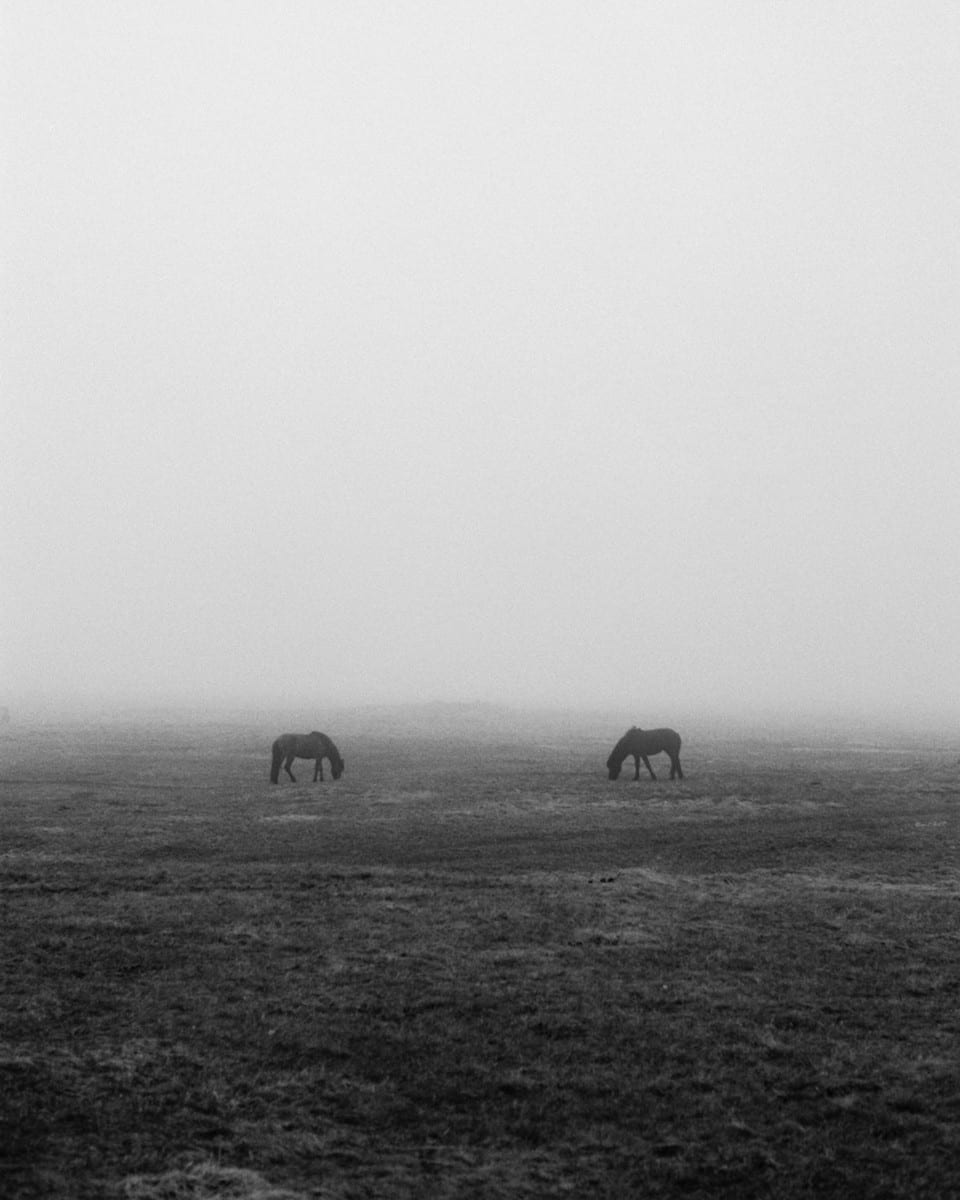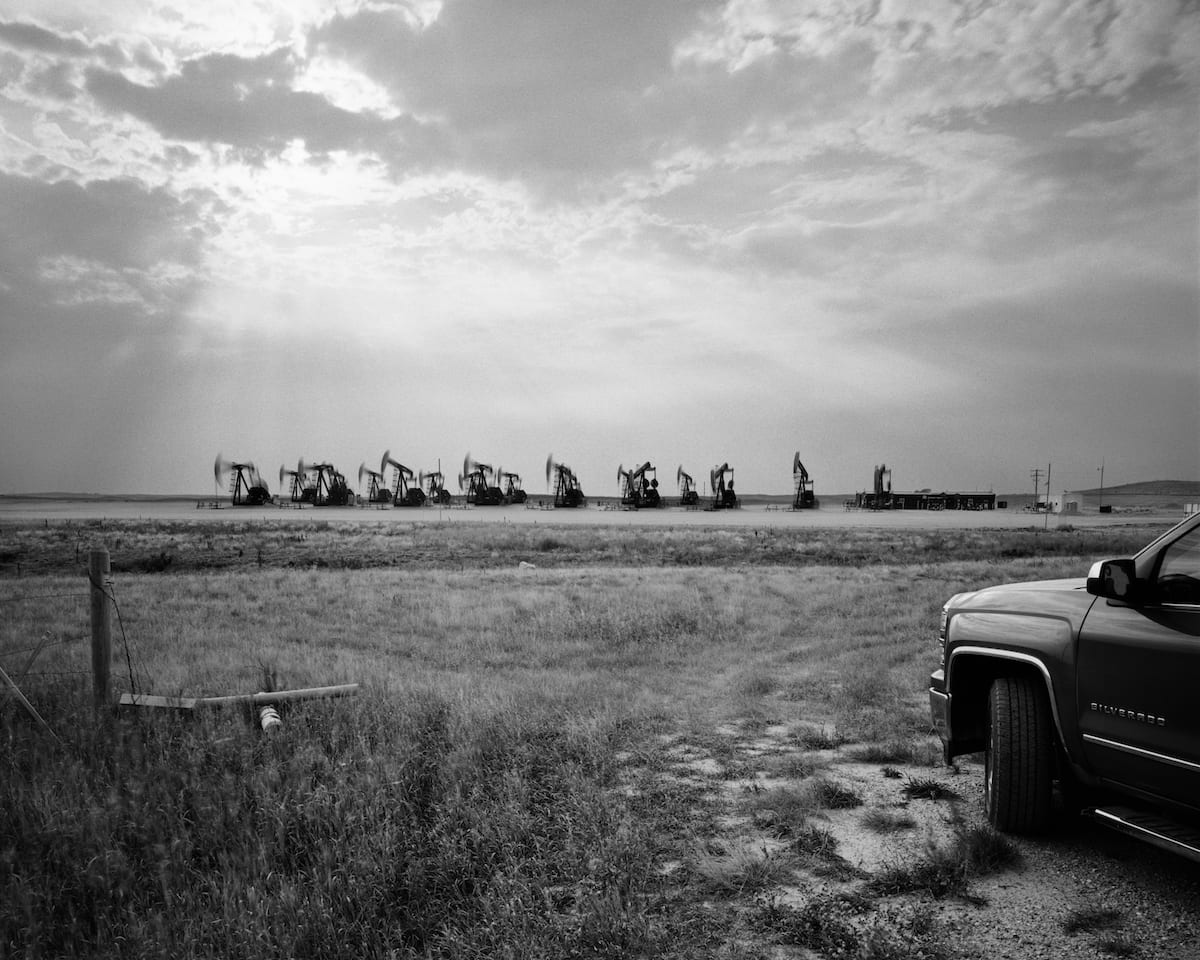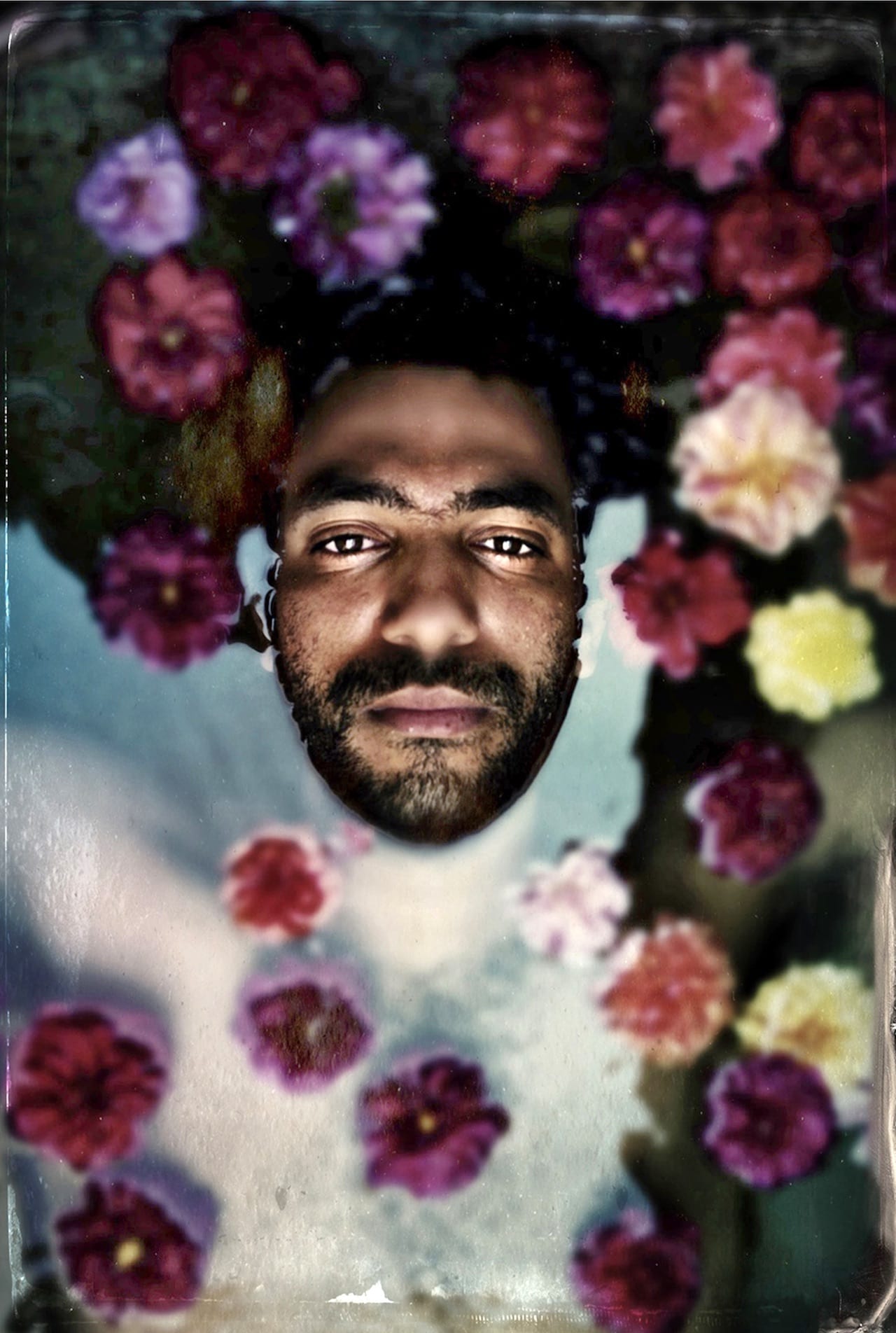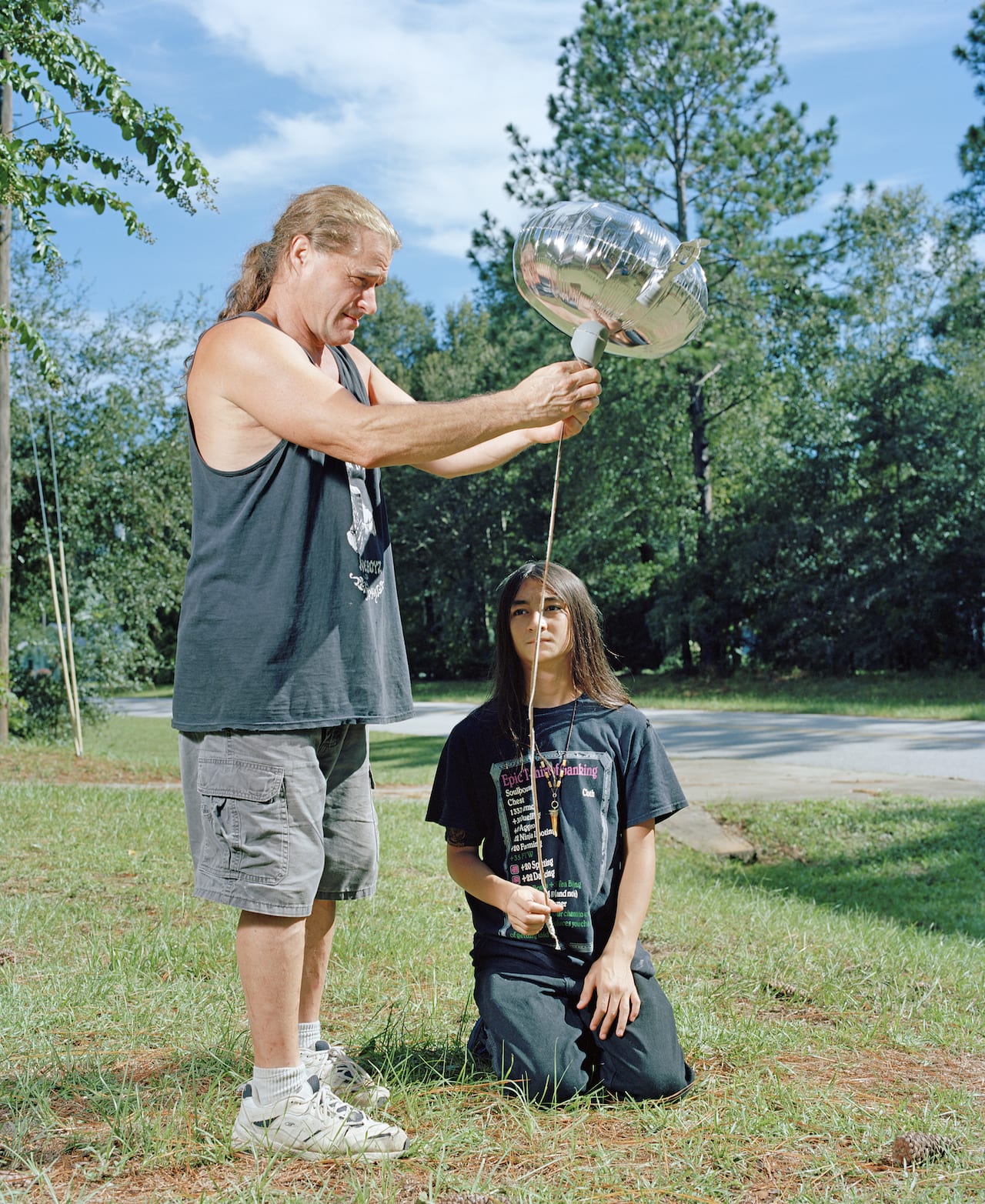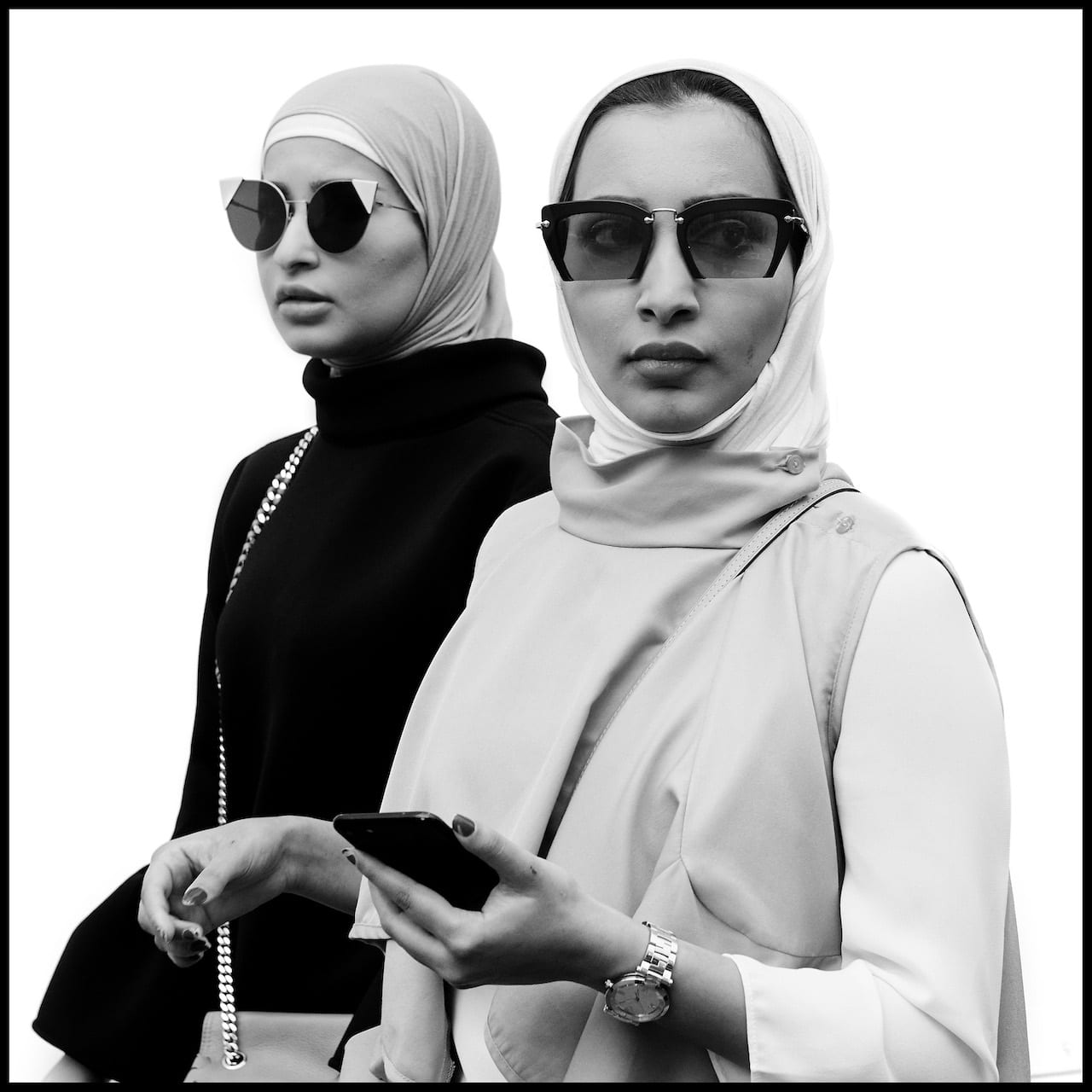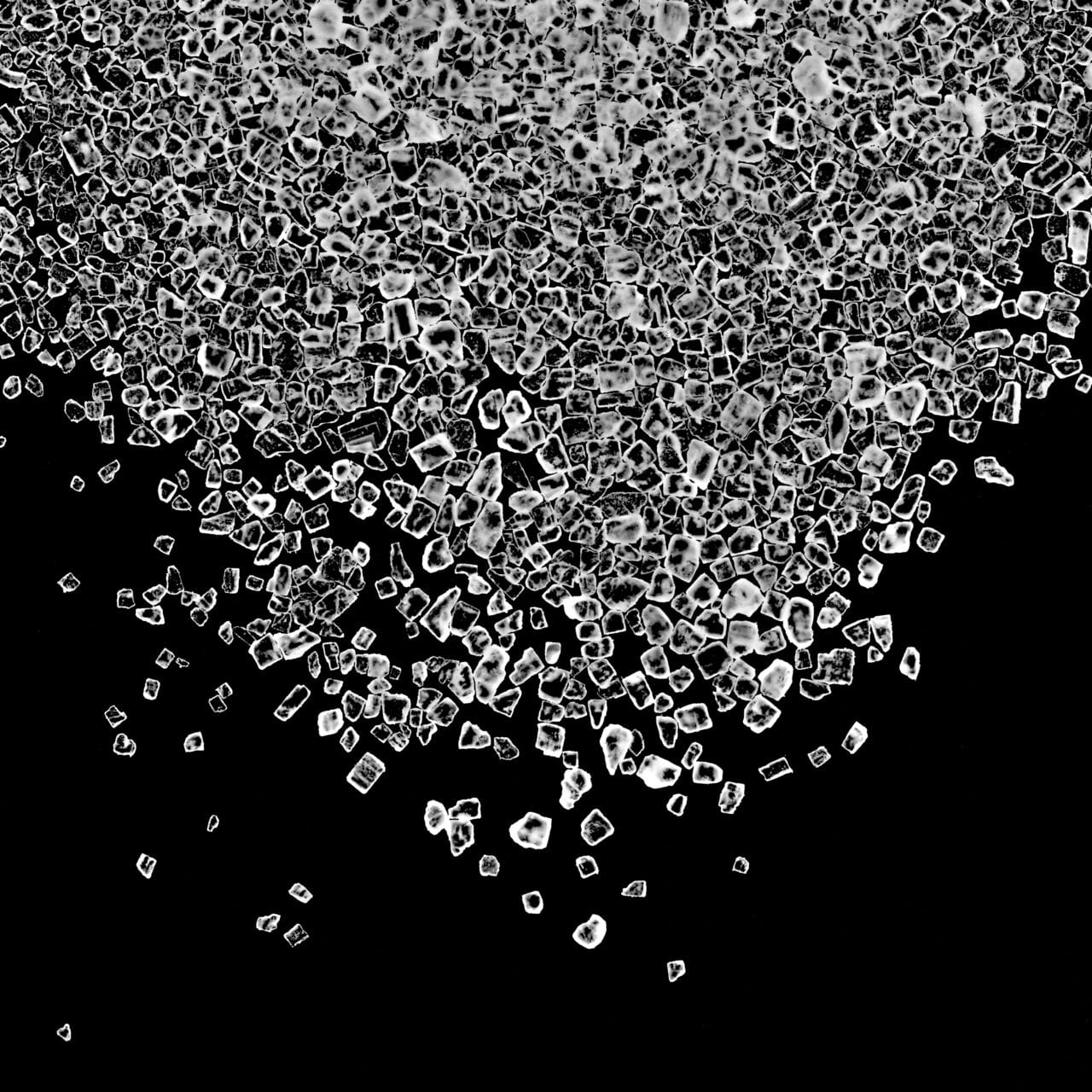Born in Tehran, Iran, in 1988, Hashem Shakeri studied architecture in TAFE (New South Wales Technical and Further Education Commission of Australia), and started his professional photography career in 2010. In 2015 he was Commended in the Ian Parry Scholarship, and in 2017 his images were included in the Rencontres d’Arles exhibition Iran, Year 38, alongside work by photographers such as Abbas Kiarostami and Newsha Tavakolian.
Shakeri’s ongoing series on climate change in Sistan and Balouchestan looks at the effect of drought in the Iranian province, which is located in the southeast of the country, bordering Afghanistan and Pakistan. It has been suffering from drought for the last 18 years, which has created severe famine in a region once famed for its agriculture and forests. “Nowadays, the Sistan region has faced astonishing climate change, which has turned this wide area into an infertile desert empty of people,” writes Shakeri.


